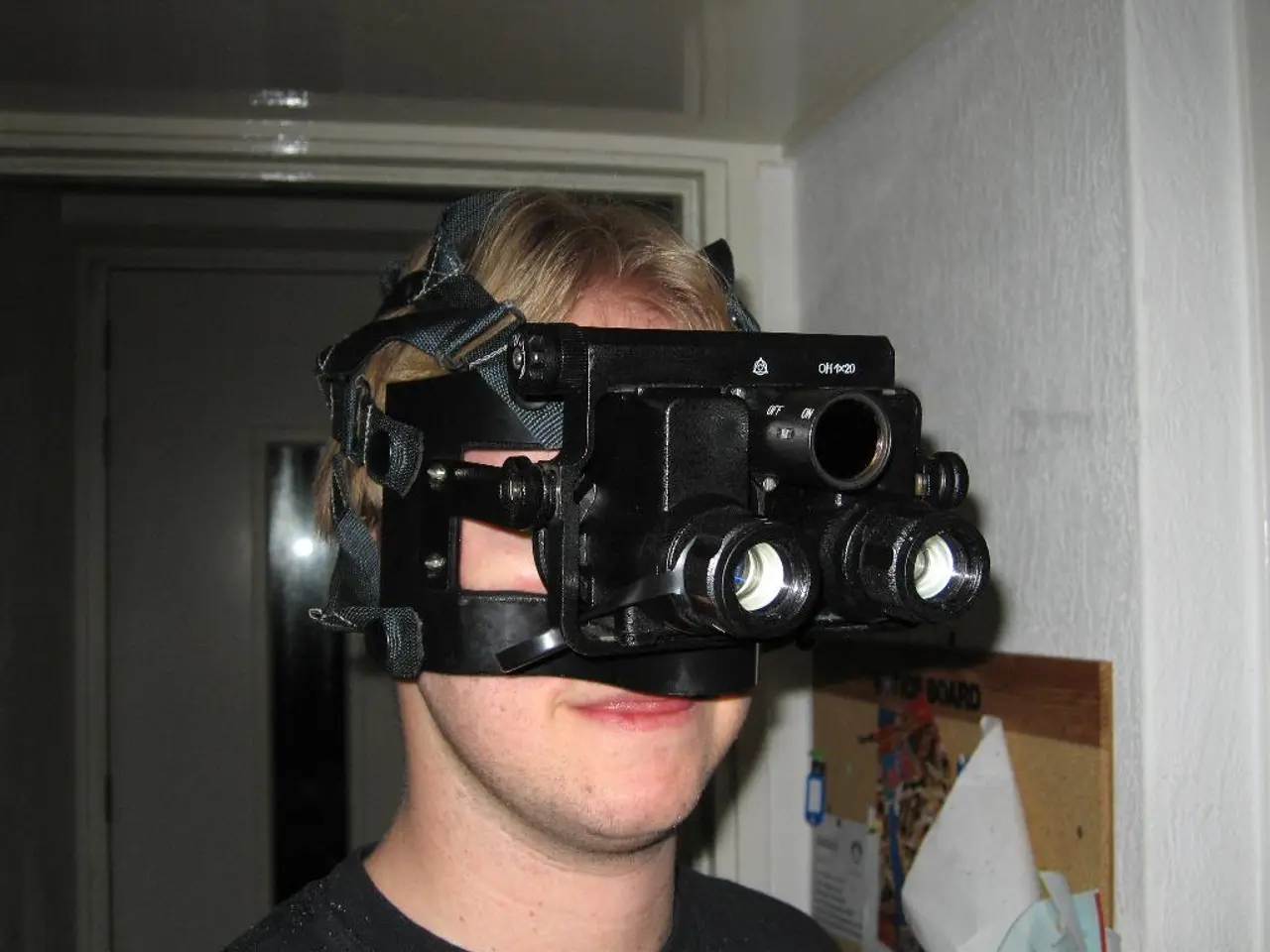Exploring Various Applications of Virtual Reality in Managing Mental Health Issues
Virtual Reality Transforms Mental Health Care in the United States
Virtual Reality (VR) technology is revolutionizing mental health care in the United States, offering innovative solutions for patients struggling with a variety of disorders.
Recent advancements focus on immersive VR therapy that effectively reduces symptoms of anxiety, PTSD, phobias, and psychosis. Studies published in 2025 demonstrate VR's capability to speed up therapy responses, particularly for psychosis, outperforming or matching cognitive behavioral therapy outcomes. Patients can confront and manage paranoid fears in virtual social settings like supermarkets or public transit.
In urban mental health contexts, VR is advancing through multisensory applications simulating natural environments like forests. These immersive modules complement traditional therapies by providing non-pharmacological stress management tools that enhance patient engagement and resilience.
The U.S. Food and Drug Administration (FDA) highlights that VR and augmented reality devices are increasingly integrated in mental health care for treatment delivery. These technologies carry potential risks such as cybersickness and privacy concerns but provide substantial benefits like expanding treatment access and reducing preoperative anxiety.
AI integration in mental health apps allows for real-time analysis of patient data, enabling personalized therapy experiences and accurate prediction of treatment responses. This integration offers precise stimulus control that is crucial for therapies like exposure treatment or social skills training.
To make VR and mental health truly inclusive, businesses must design intuitive, user-friendly interfaces with clear guidance, multilingual support, and customizable user journeys. Engaging mental health professionals, UX designers specialized in accessibility, and patient representatives early in the design process ensures VR experiences minimize discomfort, confusion, or adverse reactions for vulnerable populations.
The California Department of Health Care Services (DHCS) launched the Behavioral Health Virtual Services Platform in January 2024, a dual-application platform designed for families and young individuals aged 0-25 as part of the Kids' Mental Health campaign and the Children and Youth Behavioral Health Initiative.
Virtual Reality in mental health is transforming the way mental health disorders are understood and treated. Top 10 real-world use cases include Exposure Therapy for Phobias and PTSD, Managing Anxiety Through Immersive Relaxation, VR-Assisted Cognitive Behavioral Therapy, Treatment of Depression with Virtual Environments, Pain Management and Distraction Techniques, Social Skills Training for Autism Spectrum Disorders, Enhancing Mindfulness and Meditation Practices, VR for Addiction Recovery and Craving Reduction, Sleep Disorders and VR-Induced Relaxation, and Supporting Rehabilitation in Traumatic Brain Injury.
The initiative signals a broader transformation in the mental health landscape, with technology playing a central role in expanding reach and impact. Over half the population in middle- and high-income countries will experience a mental health condition in their lifetime, according to a report by McKinsey. The urgent need for virtual reality for mental health as part of scalable and engaging therapeutic interventions is highlighted by the approximately 42% of employees worldwide who have reported a decline in mental well-being since the onset of the COVID-19 pandemic.
Integrating VR into mental health apps unlocks immersive, personalized care experiences that boost user engagement and clinical effectiveness, increasing patient engagement and compliance. It provides data-driven personalization and adaptive therapies, enabling remote access and teletherapy advantages, and offering cost-effectiveness compared to traditional therapies. IoT devices can monitor biometric data to inform therapy adjustments in real time.
Incorporate privacy-by-design principles from the outset, implementing end-to-end encryption, role-based access controls, and continuous security audits to ensure compliance with data privacy and security regulations.
For healthcare organizations and tech providers, integrating VR in mental health offerings signals innovation, leadership, and a commitment to cutting-edge care. VR mental health solutions can reduce the risk of adverse events by offering patients a safe, controlled environment for challenging therapeutic exposures or skill-building exercises. These solutions can easily scale to serve large populations without compromising quality or personalization when integrated with AI and IoT technologies.
Science and health-and-wellness intersect as Virtual Reality (VR) technology, a significant innovation in mental health care, demonstrates its effectiveness in addressing various disorders such as anxiety, PTSD, phobias, and psychosis.
In the realm of health-and-wellness, VR technology is being leveraged to enhance mental health through immersive therapy, outperforming or matching cognitive behavioral therapy outcomes in some cases, and offering non-pharmacological stress management tools.




